Found: Inscriptions by American Whalers, Carved Over Indigenous Australian Petroglyphs
Researchers believe the sailors were commemorating their voyages.
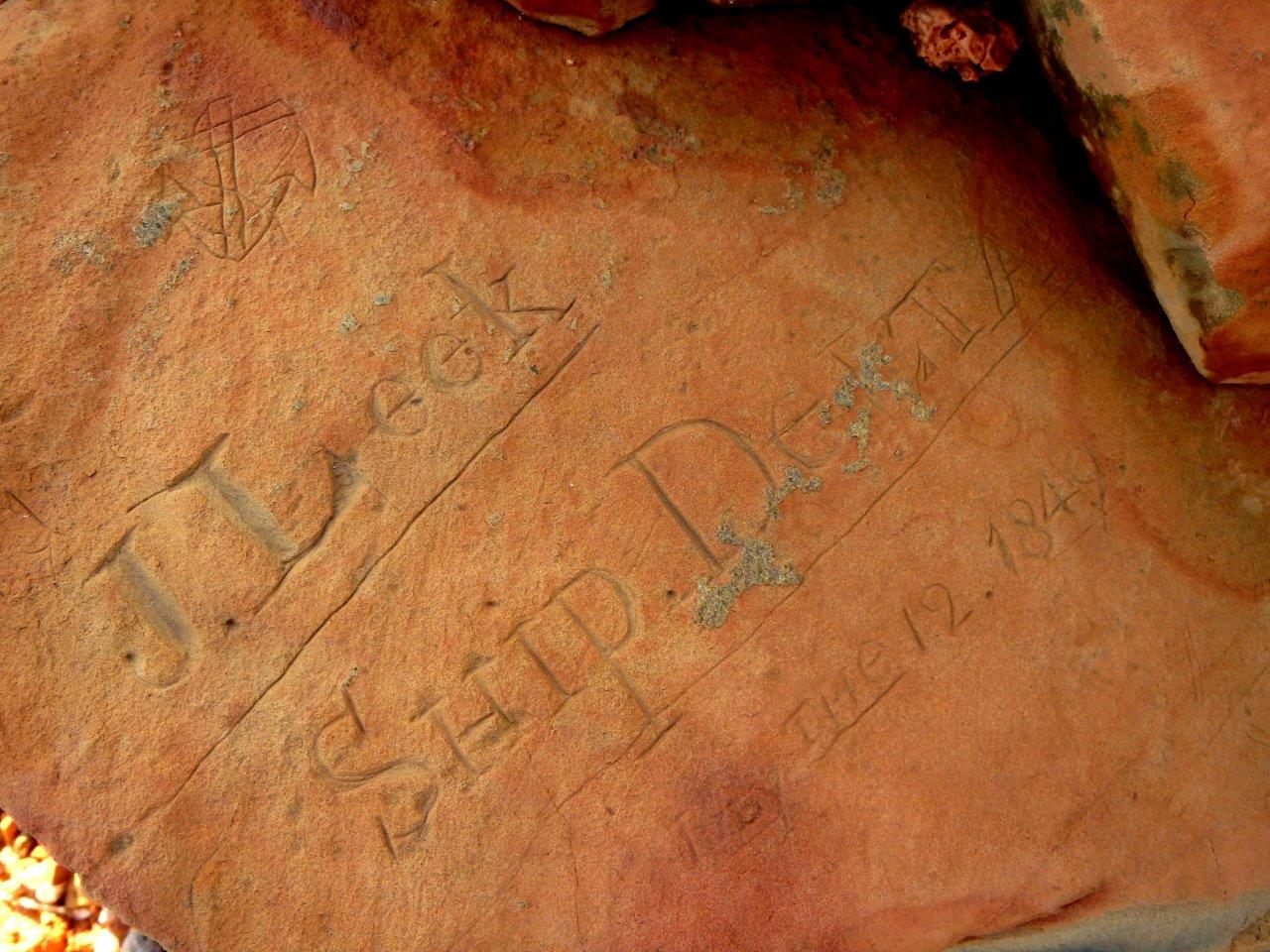
The Dampier Archipelago is a collection of 42 islands off the northwestern coast of Australia. Across these land masses, there are around 500,000 to one million petroglyphs, carved into various boulders and caves by Indigenous Australians. The ancient carvings depict birds, disembodied heads, and extinct animals. Recently, a team of archaeologists from the University of Western Australia also discovered another set of inscriptions on top of those made by the Indigenous artists. These were made by American sailors who had made their way to Australia aboard the 19th-century whaling ships, Connecticut and Delta.
The archaeologists found evidence of two separate sets of engravings by these whalers. Inscriptions from the Connecticut were found on Rosemary Island, while the markings from the Delta were found on West Lewis Island. Both were written on top of Aboriginal petroglyphs. These findings were described and analyzed in the journal Antiquity.
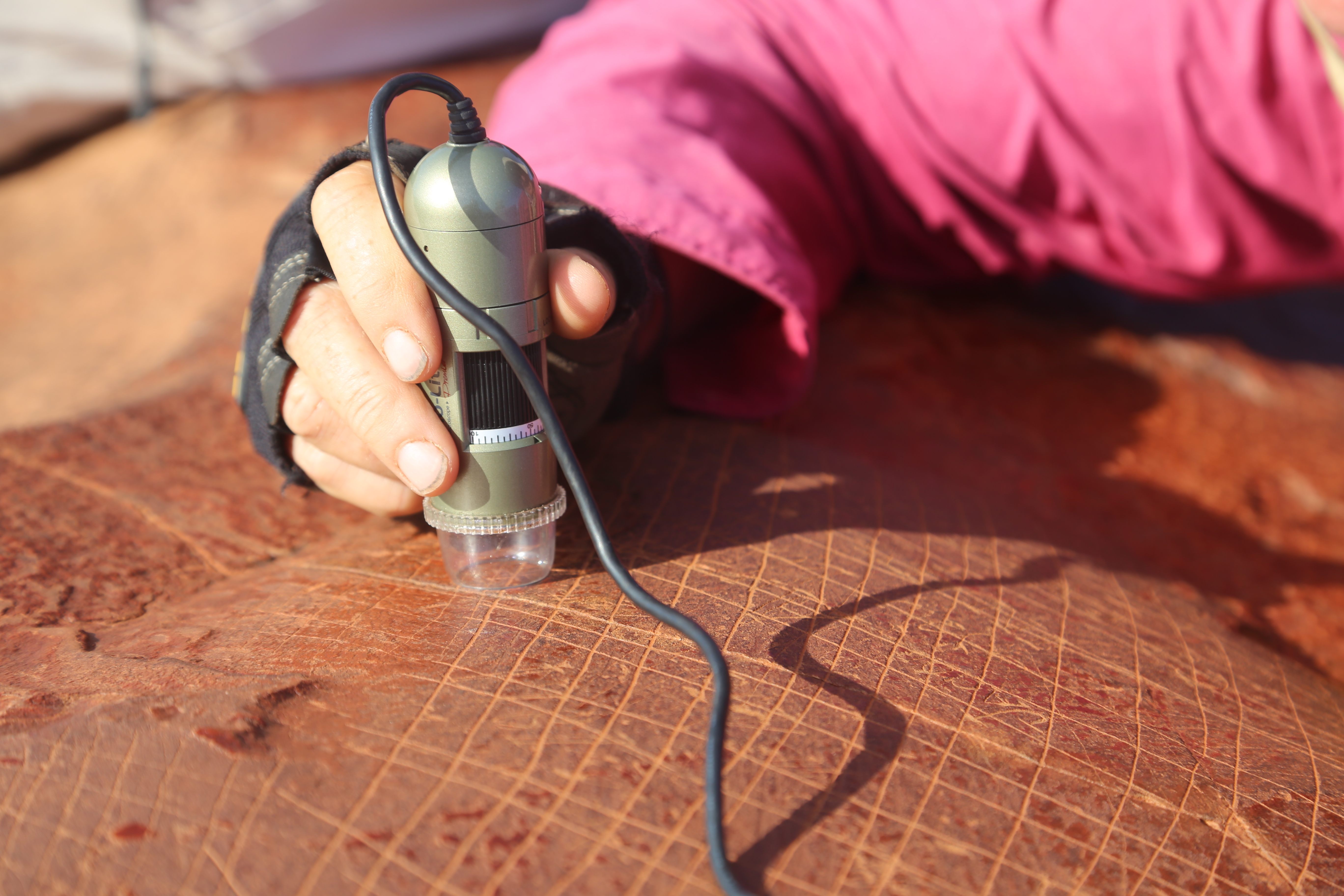

The inscriptions left by the crew of the Connecticut described their voyage. One of these carvings read, “Sailed August 12th 1841.” The writings also reveal the captain’s name, “CAPT D CROCKER”, as well as the name of the man presumed to be the artist, “JACOB ANDERSON.” Anderson was described in the ship’s logbook as an “18-year-old seaman from New London, of black complexion.”
What made the inscriptions on Rosemary Island even more intriguing is that whoever wrote them had plenty of space to do so on the rock surface and didn’t have to write over the Indigenous inscriptions. According to the study, these carvings could have been “an act of trespass” by the sailors against the Indigenous Australians. The team believes they are likely celebratory in nature, comparing them to similar inscriptions found at the North Head Quarantine Station in Sydney, where travelers to Australia’s colonies were held from the 1830s until late in the 20th century. The Sydney markings were labeled by a previous study as “private declarations of presence, remembering, and commemorating.”
Eventually, the Indigenous Australians superimposed their own artwork over the whalers’ inscriptions, perhaps as an act of resistance, according to the researchers.
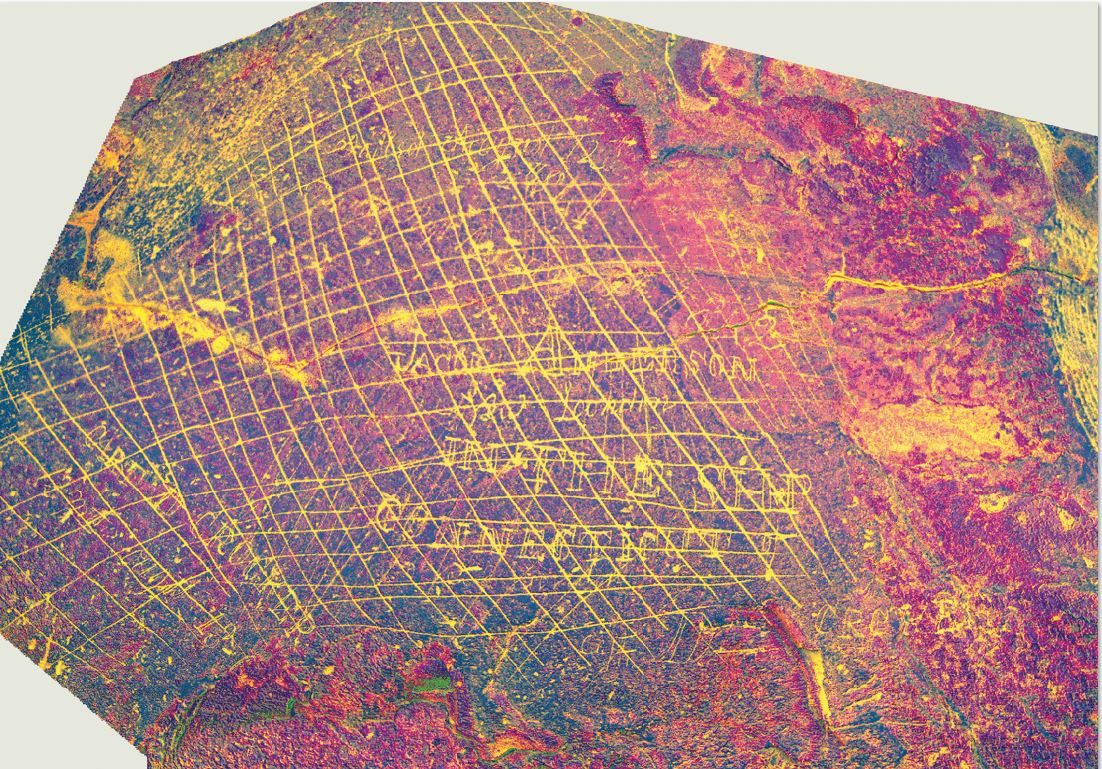
The team made similar conclusions in regard to the Delta engravings. The etchings give the name of the ship, date, and an anchor/rope symbol, along with the name “J. Leek,” who may have been a crew member. The study suggests these carvings could be viewed as an act of “usurpation,” but due to their location high in the headland, the researchers believe they were meant to celebrate the rarity of surviving a trip around the globe.
“The inscriptions left by the whalers provide new insight into early, previously unrecorded cross-cultural encounters in Northwest Australia,” says Jo McDonald, the project leader, via email. “[The carvings] are the earliest such evidence known in Australia, and they provide the only known archaeological insights into colonial-Indigenous encounters prior to the better documented and more violent history.”




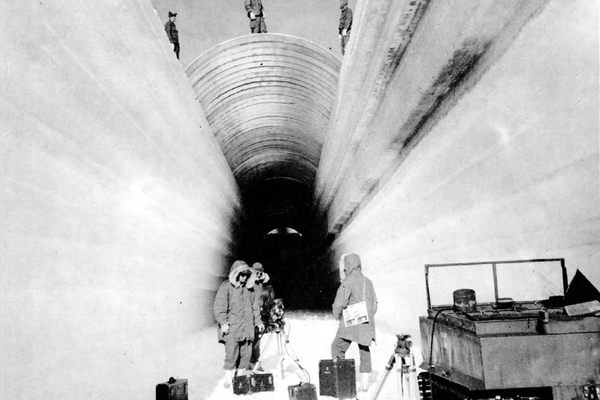
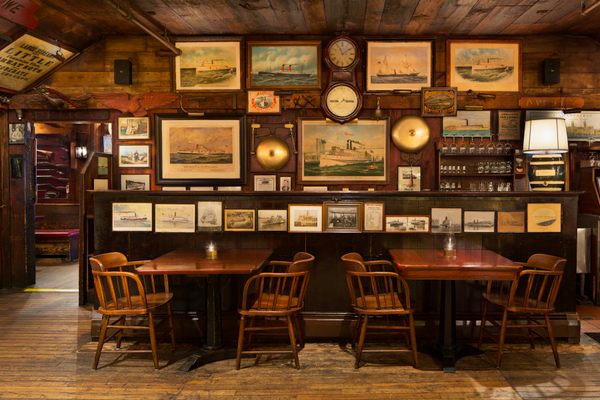






































Follow us on Twitter to get the latest on the world's hidden wonders.
Like us on Facebook to get the latest on the world's hidden wonders.
Follow us on Twitter Like us on Facebook